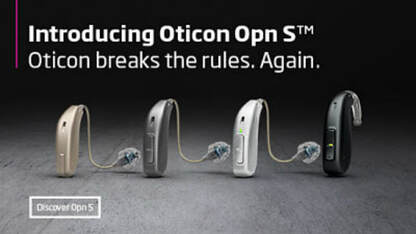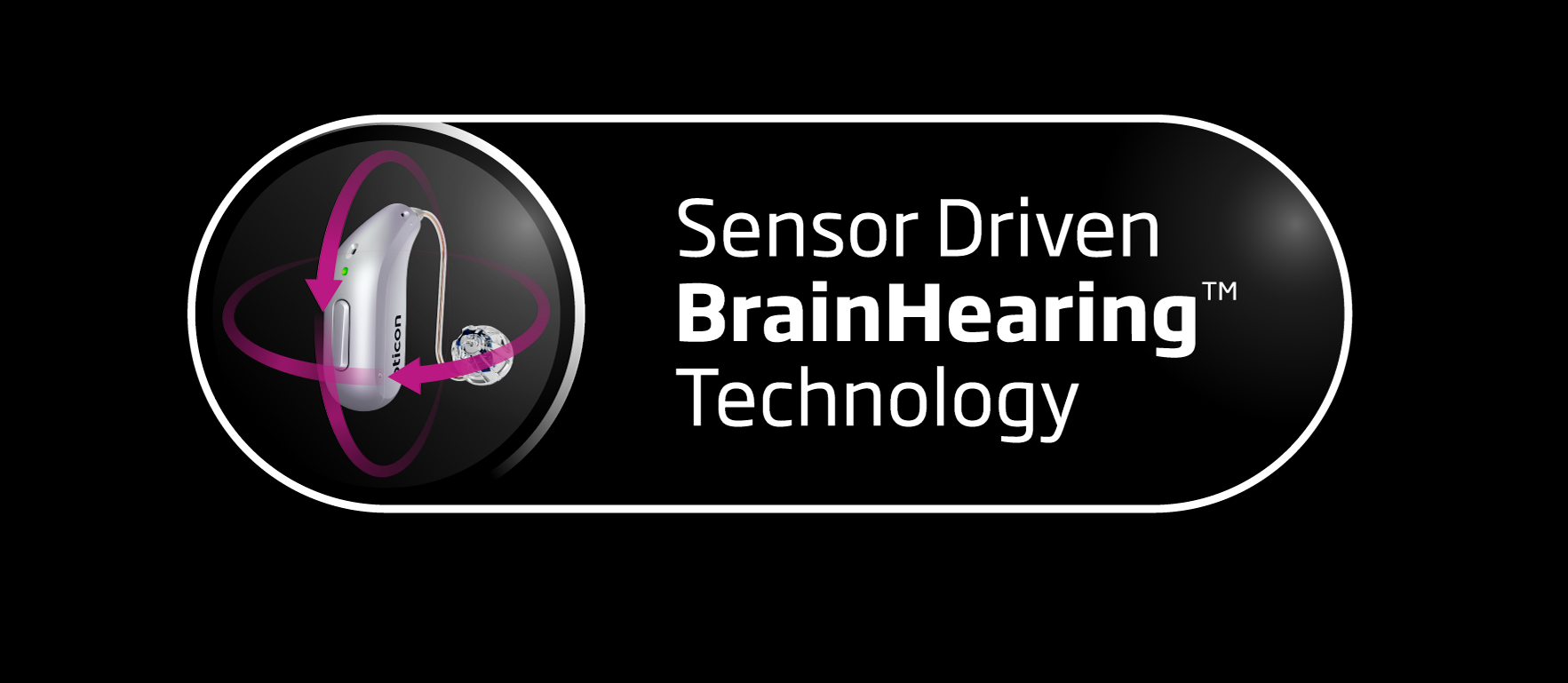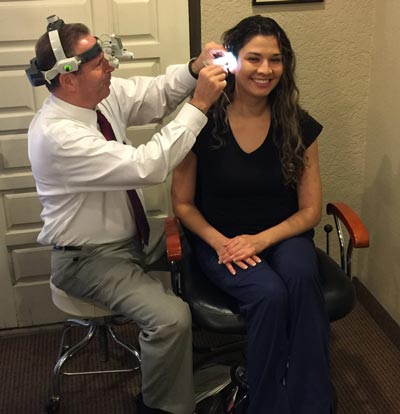Oticon OpenSound Navigator (OSN) and Multi-Speaker Access Technology (MSAT)

Oticon OpenSound Navigator (OSN) and Multi-Speaker Access Technology (MSAT)
In 2016, Oticon Medical introduced its Opn™ hearing aid , which offers Multi-Speaker Access Technology (MSAT) in Oticon’s OpenSound Navigator™ (OSN).
Oticon OpenSound Navigator (OSN)
The Open Sound Navigator (OSN) is a technology that removes excessive background noise in a split second so you can focus on what’s important. It also assists you to locate the exact direction from where the sound is coming.
OSN is a noise reduction algorithm consisting of three modules - Analyze, Balance, and Noise Removal. These three together identifies the direction of the exact speech, sharpens it and then amplifies it.
Multi-Speaker Access Technology (MSAT)

MSAT technology is a BrainHearing™ technology. BrainHearing™ technology is a feature that emulates the way your brain normally processes a sound.
To understand further, imagine a normal hearing person, trying to listen to Julie talking about her vacation, in a busy restaurant. The brain would quickly work in four stages. Firstly, it will orient itself to the noisy place; secondly, it would distinguish Julie's voice from the rest. Thirdly, the brain would focus on the exact words spoken, and finally, it will rebalance the sounds and help distinguish every word clearly.
Speech in Noise (SIN)
If you suffer from hearing loss and even though you use a hearing aid, you may find it frustrating to understand speech in noise (SIN). If you tried to listen to Julie in that busy restaurant, it would probably be difficult to be able to distinguish Julie's speech from others talking in the room. Most hearing aids cannot effectively filter the speech in noise.
The new Oticon hearing aids with BrainHearing™ technology help to mimic exactly what the brain normally does, which means it can extract the speech in noise.
MSAT technology is an extraordinary application used in hearing aids. It selectively reduces disturbing noises while maintaining access to all distinct speech sounds. It does not isolate one voice, instead maintains access to all distinct speakers. It frees the capacity of the brain to store and recall information.
Advantages of OSN and MSAT technology
1. Efficient
Listening is where hearing meets the brain. Listening effort is higher in a noisy environment. More cognitive processes need to be engaged in a noisy environment in order to recognize speech. To be able to actually ignore the surrounding noise, and understand the meaning of the words spoken, is not that easy!
Comparison of the ‘giving –up’ recent study observed the listening effort of two groups of people, one with OSN and the other with a non-OSN hearing aid. These two groups were compared with the normal hearing group in the study.
They used a method called pupillometry that measured pupil dilation as a reaction to stress.
The idea was, to see at what point do people ‘give up’ trying to listen. Giving up happens if the task becomes too difficult and the benefit does not outweigh the listening effort required.
Using Open Sound Navigator (OSN) is as good as normal. Normal-hearing listeners were able to focus till -4 dB SNR (signal to noise ratio) after which they started giving up. The OSN group had a very similar experience but the non-OSN group gave up much sooner.
Further research like the SWIR Test (Sentence-Final Word Identification and Recall) and speech recognition showed that the OSN algorithm significantly improves memory for speech heard in noise and better speech understanding in noise.
The processing speed of the new BrainHearing™ technology is 50 times faster than the previous generation of essential hearing aids. It delivers high-resolution sound quality to improve speech understanding.
All these data support the fact that OSN technology is efficient.
2. Useful if you have tinnitus
A study by Jensen in 2018 reported that OSN significantly reduced listening effort for people with tinnitus. Usually, when the pupil dilation test is carried out in people with tinnitus, they display severe stress and fatigue. With OSN, their stress level reduced and they needed less effort to listen.
3. High user satisfaction
Based on feedback to questionnaires distributed to regular OSN users, user satisfaction is high. The ON app that comes with the hearing aid, make it very easy to use. It allows them to expend less effort, have better recall, and better speech understanding in noisy environments.
This technology empowers the user to actively participate in social situations in the same way as their normal-hearing peers.
4. User-friendly
As already mentioned, the ON App makes the Oticon hearing aids very user-friendly. Besides the OSN, MSAT and BrainHearing™ features, there is another additional feature called HearingFitness™ that optimizes the hearing health behavior. It monitors the duration of wearing the hearing aid and prompts you to reach your goals. It also tracks the noise levels of places you frequently visit.
There are many easy to use features that make it very attractive. It is small in size and comes in a variety of styles that you can choose from. It also has a long battery life and can be connected online, with Bluetooth. These features are useful if you are traveling or if you want to check your user behavior.
5. Recommended for first-time users
According to Oticon Medical, this range of hearing aids is the “smallest hearing aid style Oticon has ever produced,” making it very attractive to first-time users.
Clinicians can encourage people using the Opn™ hearing aids to explore listening and social situations they may have avoided or given up on in the past. HearingFitness is another feature that would attract the first time user.
- Beck DL, Le Goff N. A Paradigm Shift in Hearing Aid Technology. Hearing Review. 2016;23(6):18-20.
- Le Goff N, Jensen J, Pedersen MS, Callaway SL. An Introduction to OpenSound Navigator™.
- Sockalingam R, Beilin J, Beck DL. Sound quality considerations of hearing instruments. Hearing Review. 2009; 16(3):22-28.
- Jensen J, Callaway SL, Lunner T, Wendt D. Measuring the Impact of Tinnitus on Aided Listening Effort Using Pupillary Response.Trends in Hearing. 2018;22: 1–17
- Kochkin S. MarkeTrak VII: Customer satisfaction with hearing instruments in the digital age. Hear Jour. 2005; 58(9):30-37.
- Abrams, HB. Kihm, J. (2015): Abrams HB, Kihm J. An Introduction to MarkeTrak IX: A New Baseline for the Hearing Aid Market. Hearing Review. 2015;22(6):16-21.

The information provided in this article is not meant to be medical advice and is for educational purposes only. If you would like to learn more about this and other hearing-related topics, feel free to contact Tinnitus & Hearing Center of Arizona by clicking here or by calling 480-831-6159.











